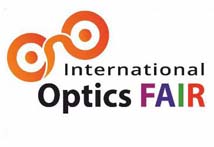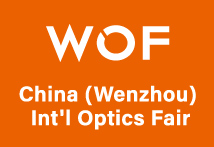Revolutionizing Eyewear & Eye Care: Tele-Optometry x AI
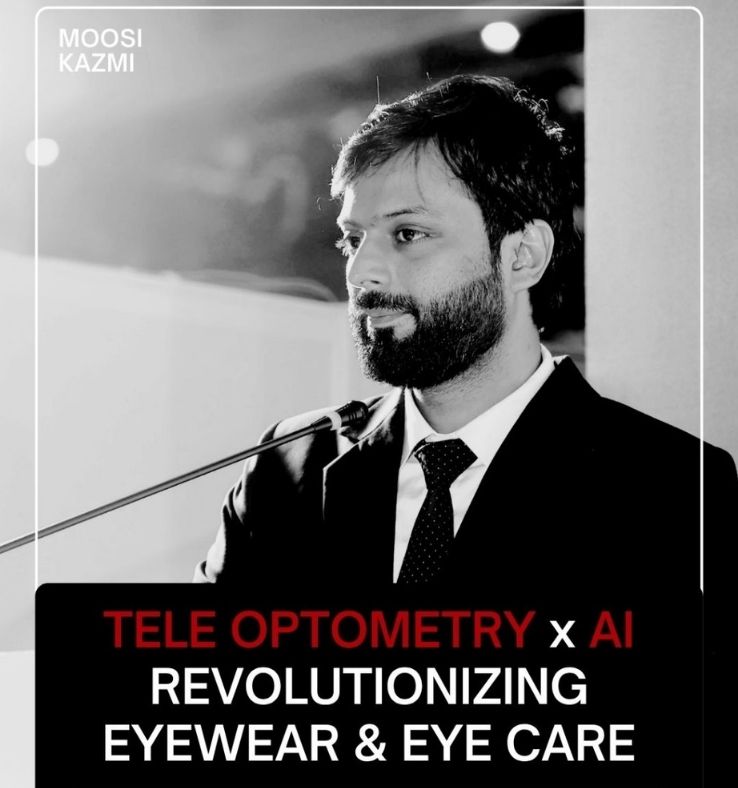
By Moosi Kazmi, Quantum Care Technologies | Pro-Kit 5 | CarbonX | Former National Head of Optometry, LensCrafters India | Global Eyewear Thought Leader
A New Vision for India: Ending the Eyecare Divide
In the diverse andBy dynamic landscape of India, access to quality eye care remains a pressing challenge that affects millions across our nation. From the remote villages of Northeast India to the densely populated urban centers, the struggle to obtain professional eye care services reveals a complex tapestry of geographical, economic and systemic barriers that have persisted for generations. The reality is that while India has made remarkable progress in many areas of healthcare, vision care continues to be hampered by uneven distribution of resources, shortage of qualified professionals and infrastructural limitations that prevent equitable access to sight-saving services.
The situation presents itself differently across various segments of our society. For agricultural workers in rural Maharashtra, accessing an eye examination often means losing a day's wages to travel to distant district hospitals, creating an economic disincentive that leads to neglected vision problems. For residents of urban informal settlements in cities like Delhi or Mumbai, government eye care facilities are often overwhelmed with patient loads, resulting in long waiting periods that delay critical diagnoses. Middle-income families in Tier-2 cities frequently find themselves choosing between limited options, often relying on optical shops staffed by well-meaning but unqualified personnel who lack formal optometric training. This reality has created a situation where many optical store owners, particularly in smaller towns and peri-urban areas, find themselves unable to hire licensed optometrists due to both availability and affordability constraints. These shopkeepers, while knowledgeable about frames and basic eyewear, cannot provide comprehensive eye health services, leaving a significant gap in proper vision care for
their communities.
The emergence of tele-optometry represents a transformative solution to these deeply entrenched challenges. This innovative approach harnesses digital technology to connect patients with qualified eye care professionals regardless of geographical constraints. The model operates through a sophisticated yet practical system: at a local vision center or optical store, a trained technician operates specialized equipment that conducts preliminary eye examinations under the guidance of artificial intelligence. This technology ensures standardized testing procedures and collects crucial diagnostic data, including retinal images and visual acuity measurements. This information is then securely transmitted to licensed optometrists located anywhere in the country through cloud-based platforms.
The revolutionary aspect of this system lies in its ability to democratize access to quality eye care. Consider the case of a small optical store in Jaipur where the owner has struggled to find a qualified optometrist. Through tele-optometry, the store can now offer comprehensive eye examinations conducted remotely by certified professionals from Chennai or Bangalore. The local technician assists with the preliminary tests, the remote optometrist analyzes the results and conducts a video consultation with the patient and a precise prescription is generated digitally. This transformation turns a simple retail establishment into a full-service eye care center, enhancing both business viability and community service.
This model also addresses the critical issue of optometrist distribution across India. Currently, many qualified professionals gravitate toward major metropolitan areas seeking better opportunities and lifestyles, creating significant shortages in smaller cities and rural regions. Tele-optometry creates new professional pathways that allow optometrists to serve underserved populations without relocating from urban centers. Many eye care professionals welcome this opportunity to extend their reach and impact, often choosing to contribute additional hours knowing they are serving communities that would otherwise lack access to their expertise.
The applications extend beyond commercial settings to public health initiatives and humanitarian efforts. In regions where organizations like the United Nations Human Rights Council, Red Cross and other humanitarian groups operate to provide basic necessities, tele-optometry offers a practical solution for delivering vision care in challenging environments. Refugee camps, conflict zones and disaster-affected areas can benefit from portable eye examination units that connect patients with optometrists worldwide, addressing vision problems that might otherwise go untreated in these vulnerable populations and cause permanent blindness.
Within India's growing healthcare ecosystem, tele-optometry represents a particularly timely innovation. Our nation's population continues to grow and spread across diverse geographical areas, while the distribution of optometry colleges remains concentrated in certain regions. This has resulted in some areas having adequate numbers of eye care professionals while others face near-total absence of qualified practitioners. Tele-optometry, enhanced by AI technology, provides a precise, scalable and immediately executable solution to this imbalance.
The integration of tele-optometry into mainstream eye care requires thoughtful implementation at multiple levels. The Government of India and the National Commission for Allied and Health Professions (NCAHP) have shown remarkable vision in recognizing and regulating the optometry profession. The natural progression of this forward-thinking approach would include incorporating tele-optometry principles and practices into optometry education curricula across the country. By training future eye care professionals in remote consultation techniques, digital diagnosis and tele-health ethics, we can create a workforce equipped to serve India's diverse population needs effectively.
Furthermore, hospitals and healthcare institutions should begin integrating tele-optometry services into their operational models, creating hub-and-spoke systems that extend quality eye care to remote and underserved regions. This approach aligns perfectly with India's digital transformation goals and represents a practical implementation of the National Digital Health Mission's principles in the vision care sector.
The promise of tele-optometry in India is not merely technological but profoundly human. It represents our nation's ability to harness innovation to solve persistent challenges, to bridge divides between urban and rural healthcare access and to ensure that every Indian, regardless of location or economic status, can obtain the quality eye care they deserve. This model positions India to not only solve its own vision care challenges but potentially to export this knowledge and technology to other developing nations facing similar issues.
As we move forward, it is crucial that all stakeholders, government agencies, educational institutions, healthcare providers and technology partners, collaborate to build a robust tele-optometry ecosystem. Through thoughtful implementation, continuous innovation and shared commitment to vision care equity, India can demonstrate to the world how technology and compassion can combine to create a brighter, clearer future for all citizens. The technology is ready, the need is evident, and the time for action is now.
The Tefla Revolution – How Indian Innovation is Powering the Tele-Optometry Transformation
At the heart of India's tele-optometry revolution stands a remarkable innovation that embodies the spirit of Make in India and the ingenuity of our nation's healthcare entrepreneurs: the Tefla device. Conceived and developed by a brilliant Chennai-based innovator, Tefla represents a paradigm shift in how eye care can be delivered across diverse Indian landscapes. This is a comprehensive vision care solution designed specifically for Indian conditions, addressing the unique challenges that have long hindered universal eye care access in our country.

TEFLA
The Tefla system embodies a sophisticated yet elegantly simple approach to remote eye care. Imagine a portable, robust device that can be operated by healthcare workers with minimal technical training, a critical feature in regions where specialized optometrists are scarce. The device incorporates multiple diagnostic capabilities into a single, user-friendly unit: automated refraction, retinal imaging, visual acuity testing and anterior segment documentation. What makes Tefla particularly revolutionary is its embedded artificial intelligence that guides the entire examination process, ensuring standardized, quality-controlled testing regardless of the operator's experience level. The AI doesn't replace human expertise but rather enhances it, serving as a digital assistant that ensures no critical step is overlooked and that collected data meets diagnostic-grade standards.
The operational brilliance of Tefla lies in its seamless integration with the tele-optometry ecosystem. Once a patient's examination is complete, the device automatically encrypts and uploads the data to a secure cloud platform. This digital packet, containing refractive findings, retinal images and other diagnostic information, becomes accessible to a remote optometrist who might be hundreds of kilometers away. The optometrist reviews this comprehensive dataset, supplemented by the AI's preliminary analysis highlighting potential areas of concern and then conducts a live video consultation with the patient. The entire process, from examination to diagnosis to prescription generation, unfolds with remarkable efficiency, typically within a single session that might last 20-30 minutes.
For optical store owners across India's smaller cities and towns, Tefla represents a business transformation. Take the example of a vision center in Lucknow that previously struggled to hire a full-time optometrist. With Tefla, the store's technician can now conduct comprehensive eye examinations under the guidance of remote optometrists based in metropolitan centers. This not only expands the service offering beyond simple frame fitting but also significantly enhances the center's credibility and revenue potential. Store owners report increased customer trust and satisfaction, as patients appreciate receiving specialist care without the need to travel to big cities. The economic model makes sense too: instead of bearing the cost of a full-time optometrist, stores can pay for tele-optometry services on a per-consultation basis, making quality eye care both accessible and financially sustainable.
The impact extends far beyond commercial establishments. In rural healthcare settings, Tefla enables a new paradigm of vision care delivery. Primary Health Centers (PHCs) that previously referred all eye cases to distant district hospitals can now offer basic vision services on-site. Community health workers equipped with Tefla devices can conduct village-level screening camps, identifying everything from simple refractive errors to sight-threatening conditions like diabetic retinopathy and glaucoma. Early detection becomes genuinely possible, preventing vision loss that would otherwise go untreated until it becomes irreversible. This is particularly crucial for India's growing diabetic population, who require regular retinal screenings to prevent vision complications.
Tefla's design reflects a deep understanding of India's diverse working conditions. The device is built to operate reliably in varied environments, from the humid climates of coastal regions to the dusty conditions of rural interiors. Its portability means it can be used in temporary vision camps, school screening programs and corporate wellness initiatives with equal effectiveness. The battery operation capability ensures functionality even in areas with unreliable electricity, while the cloud-based data management means that patient records remain accessible and secure regardless of local infrastructure challenges.
The integration of artificial intelligence within Tefla deserves particular attention. The AI component serves multiple crucial functions: it standardizes the examination process, ensuring consistency across different operators and locations; it provides quality control by verifying that captured images meet diagnostic standards and it offers preliminary analysis that helps remote optometrists prioritize their attention. For instance, the AI can flag potential diabetic retinopathy changes in retinal images, alerting the optometrist to pay special attention to these cases. This human-AI collaboration represents the future of medical diagnostics, combining the pattern recognition capabilities of machine learning with the clinical judgment and empathy of human professionals.
Perhaps most importantly, Tefla represents a model that can create new professional opportunities for India's growing optometry workforce. Recent graduates from optometry colleges, instead of clustering in major cities competing for limited positions, can now provide services to underserved regions through tele-optometry platforms. Many young optometrists express enthusiasm for this model, appreciating the flexibility it offers and the opportunity to make a meaningful impact on communities that lack access to eye care. The system also creates a new category of employment for technicians who operate the devices—a role that requires less training than full optometry but offers better career prospects than simple optical shop work.
As tele-optometry gains traction across India, Tefla stands as a testament to Indian innovation's potential to solve Indian problems. It demonstrates how homegrown technology, designed with understanding of local constraints and opportunities, can create scalable solutions to longstanding healthcare challenges. The device's success lies not just in its technical capabilities but in its holistic approach to the eye care ecosystem, addressing the needs of patients, providers, optical businesses and the healthcare system simultaneously. The journey from concept to implementation hasn't been simple. It required overcoming technical challenges, regulatory hurdles and skepticism about remote care's effectiveness. As this model continues to expand, it offers a blueprint for how India can leverage technology to achieve healthcare equity, in vision care and across multiple medical specialties. The Tefla revolution shows that with the right combination of innovation, determination and understanding of ground realities, India can indeed develop solutions that bridge the healthcare divide that has long separated different segments of our society.
The Global Context and India's Strategic Path Forward
The transformative wave of tele-optometry, as we are pioneering it in India, is part of a larger, global re-imagination of eye care. This worldwide momentum not only validates our direction but also sharpens the opportunity to position Indian innovation and expertise at the forefront of this change. Internationally, renowned tech hubs are applying their unique strengths to this challenge. A compelling example emerges from Israel, a nation celebrated for its groundbreaking medical technology, where a deep-tech venture named Hooke is developing a sophisticated device named Falcon.
 Carmit Touboul & Tal Markus
Carmit Touboul & Tal Markus
Based on available information, Hooke was founded by a team with significant credentials: Yehonatan Rimon, a serial entrepreneur with a background in hardware and software whose previous company was acquired by Apple and Tal Markus, a CTO with a PhD and over two decades of hands-on experience in optics and mixed reality. Their solution, the Falcon device, represents a distinct technological approach. It is described as a binocular unit that utilizes Retinal Scanning Display (RSD) and micro-OLED technology to project acuity charts and images directly onto the patient's retina. The key innovation is its claimed ability to continuously control the beam's vergence, eliminating the need for physical lens switching and crucially, the traditional 3-6 meter distance required for a standard eye exam. This aligns with the core mission of Indian innovations to make comprehensive eye exams portable, space-efficient and less dependent on complex infrastructure.
The significance of such international developments is not in the specifics of any single device, but in the powerful consensus it represents: the future of eye care is digital, decentralized and technology-enabled. It confirms that India's investment in its own ecosystem is perfectly aligned with global frontiers. However, India's strategy must be uniquely its own, leveraging our unparalleled advantages: a vast, tech-savvy population in need of services, a growing cadre of highly skilled optometrists now being formalized under the NCAHP and the innovative prowess to develop cost-effective, scalable solutions that are tailored to our diverse landscape.
Our path forward must be deliberate and collaborative. First, the educational framework must evolve. The NCAHP's landmark regulation of the profession must now be followed by the integration of tele-optometry and AI-diagnostics into the core curriculum of every optometry college. The Indian optometrist of tomorrow must be a digital practitioner, proficient in remote consultation, data-driven diagnosis and the ethical delivery of care across digital platforms.
Second, optical enterprises must embrace this as a core growth strategy. The hub-and-spoke model, where a central hub of experts supports a network of tech-enabled vision centers, is the most viable way to achieve scale. This empowers local optical stores, previously constrained by a lack of specialists, to become full-service eye care providers, dramatically expanding their community impact and commercial viability.
Finally, we must look beyond our borders. This ecosystem positions India to become the global tele-optometry capital. The same system that seamlessly connects a patient in a Tier-3 city to an optometrist in a metro can connect Indian professionals to underserved populations across Africa, the Middle East, and Southeast Asia. We can export not just technology, but high-value tele-consultation services, creating a new sector of the economy and establishing Indian optometrists as global leaders.
The convergence of tele-optometry and AI is the most significant shift in vision care in a generation. It is the key to finally achieving 'Eyecare for All', a goal that has eluded us for decades. The technology is proven. The need is undeniable. The world is moving. India has the talent, the scale and now the regulatory foundation to not just participate in this future, but to define it. The call to action is clear: for industry, educators and policymakers to collaborate, invest and build the integrated ecosystems that will make quality vision care a reality for every Indian and in doing so, showcase a model of equity and innovation for the entire world.

.jpg)
.jpg)
.jpg)
.jpg)
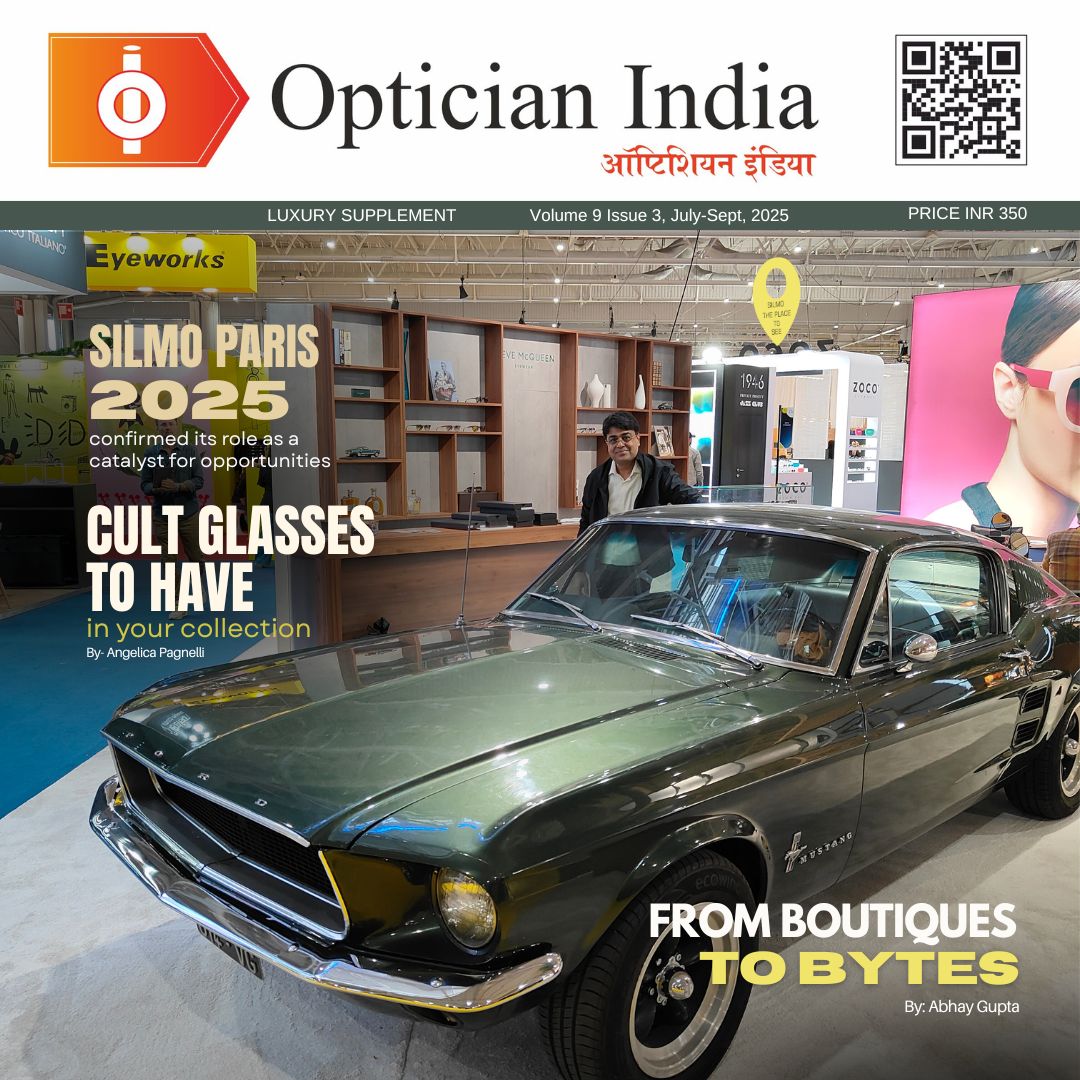

1.jpg)
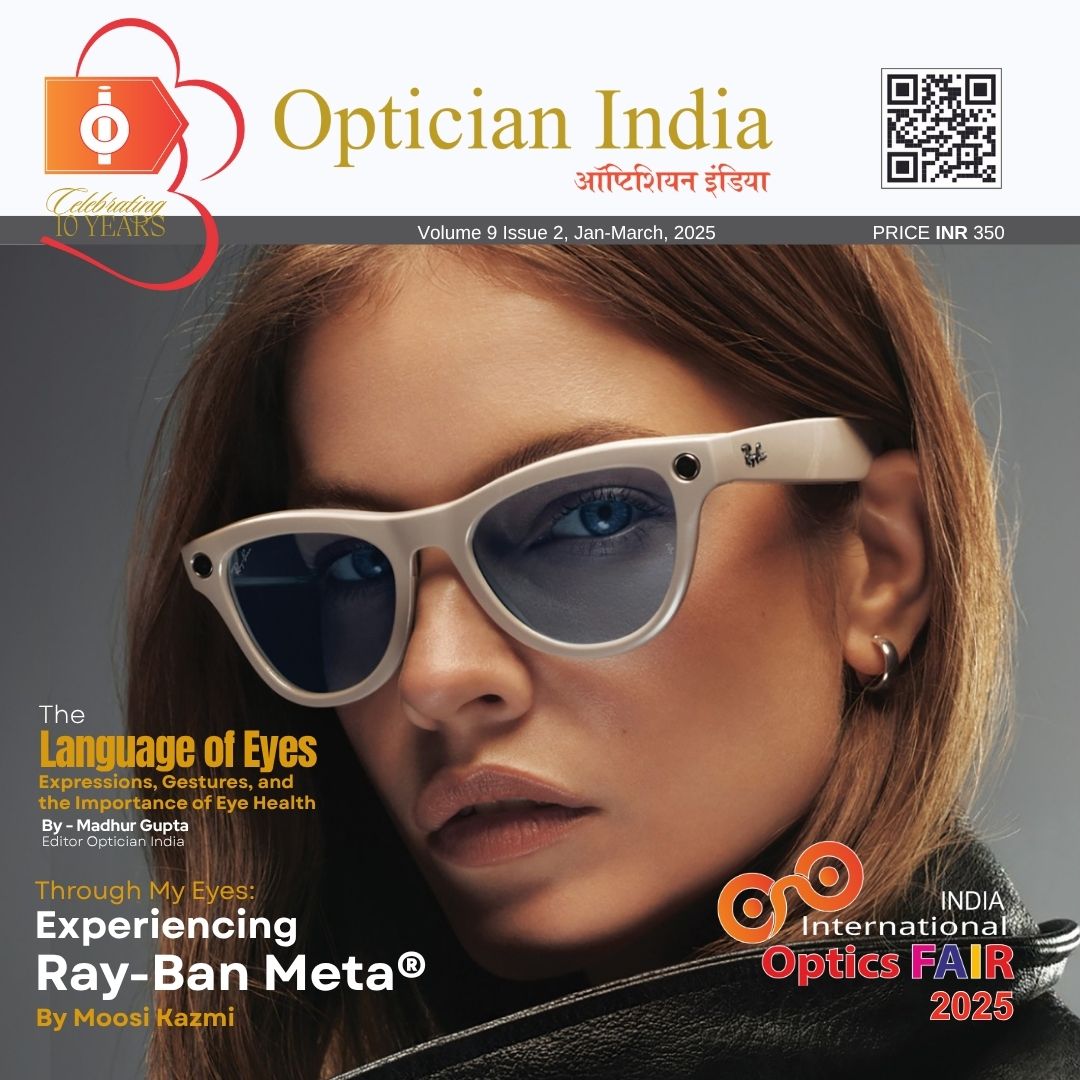


.jpg)
.jpg)

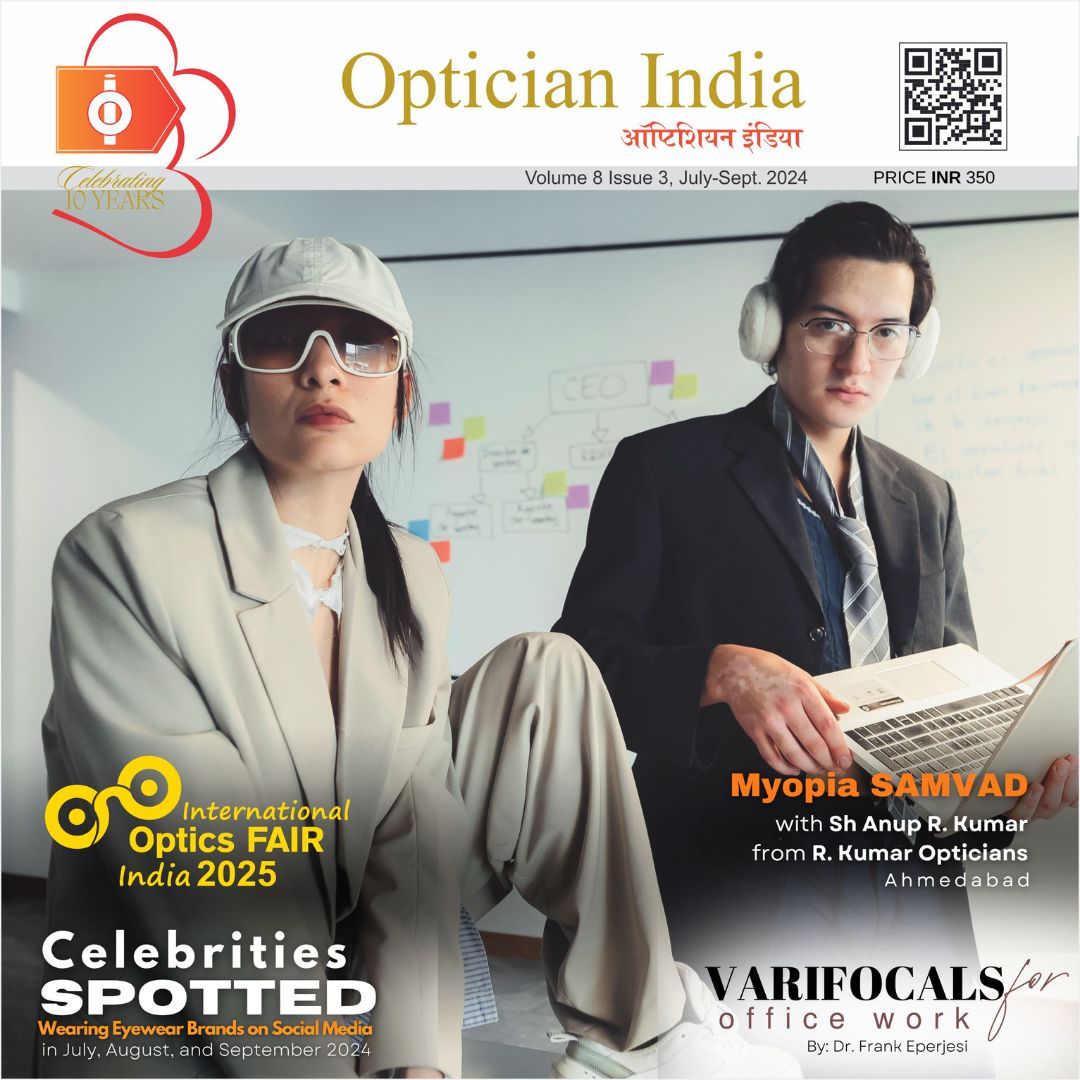

_(Instagram_Post).jpg)
.jpg)
_(1080_x_1080_px).jpg)


with_UP_Cabinet_Minister_Sh_Nand_Gopal_Gupta_at_OpticsFair_demonstrating_Refraction.jpg)
with_UP_Cabinet_Minister_Sh_Nand_Gopal_Gupta_at_OpticsFair_demonstrating_Refraction_(1).jpg)
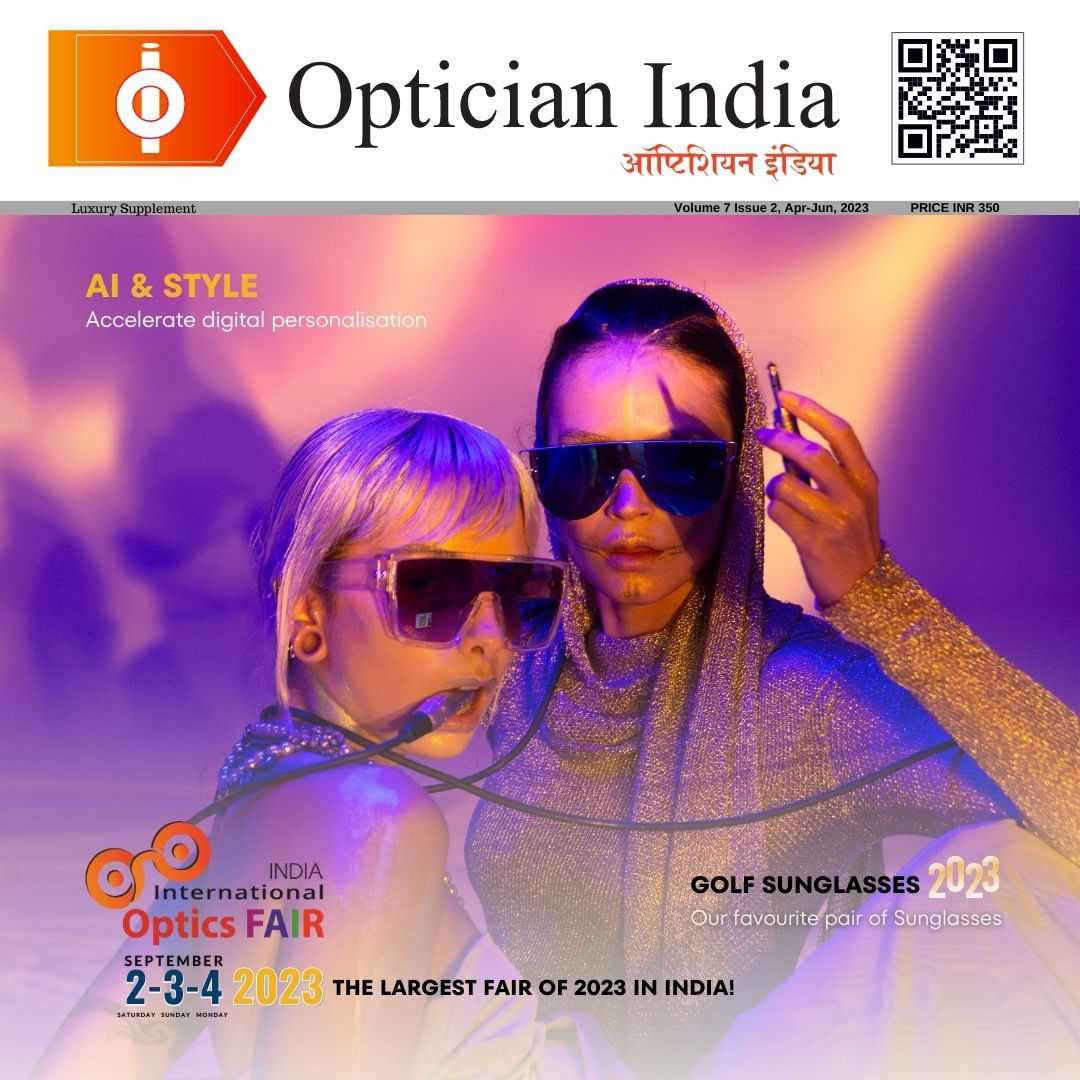
.jpg)



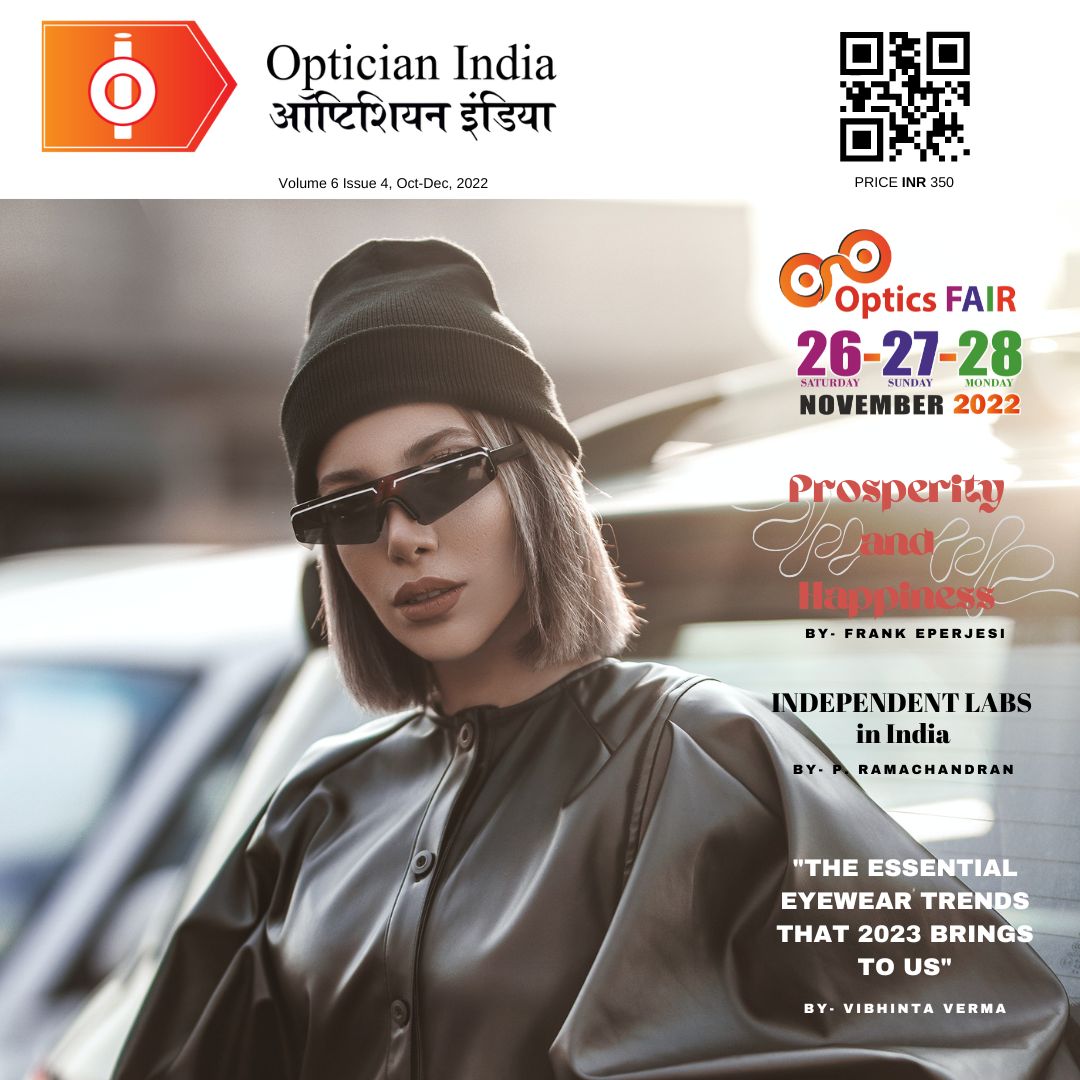
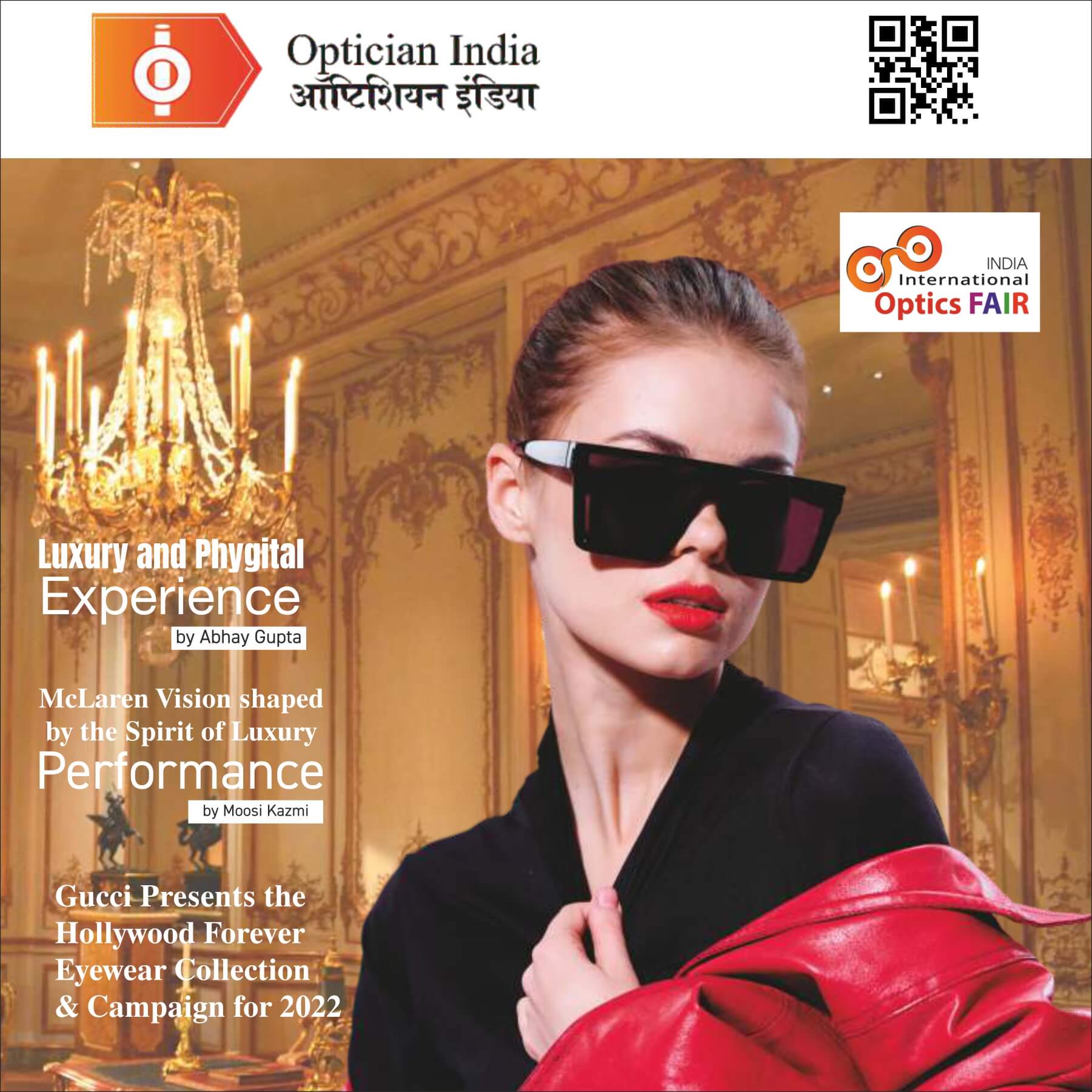
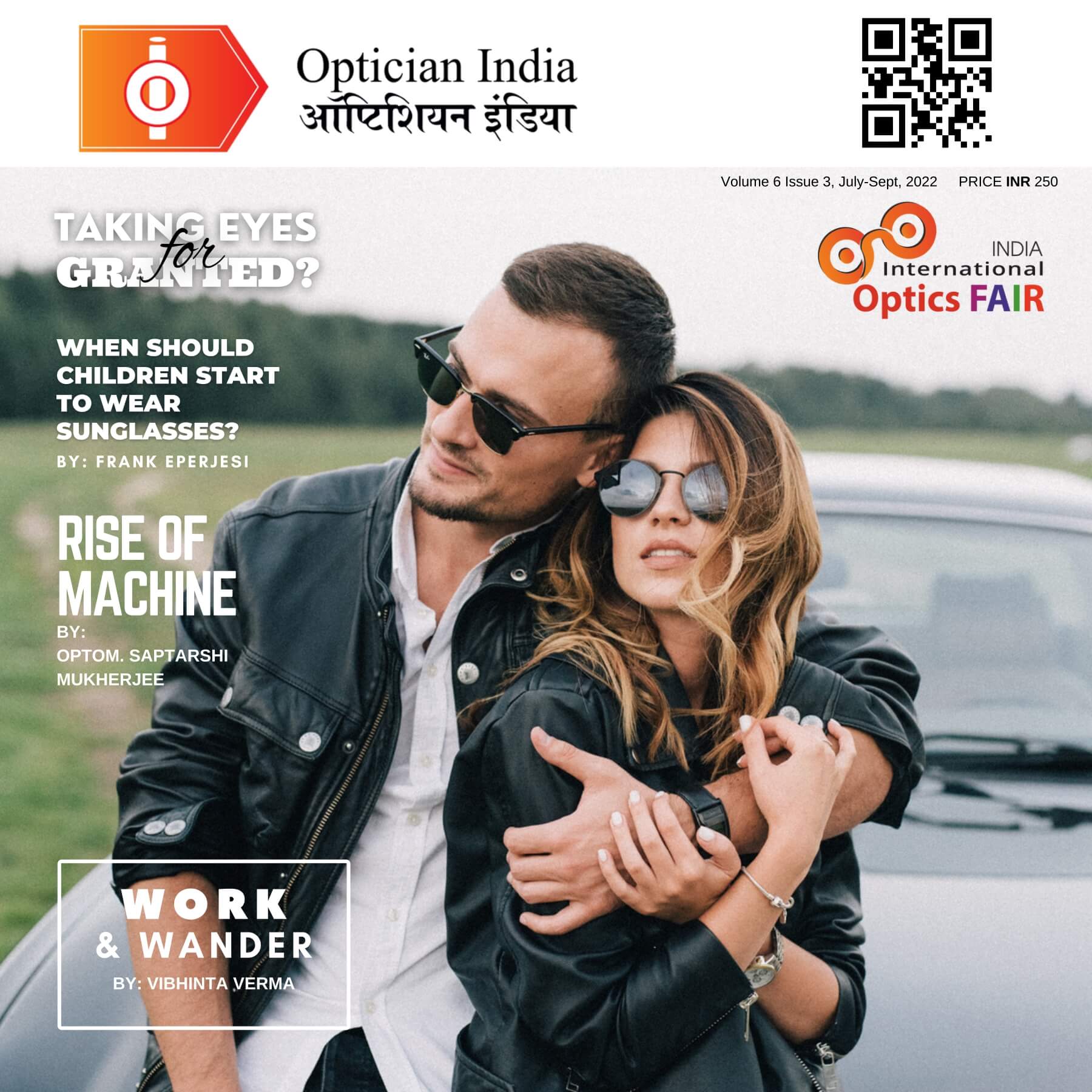
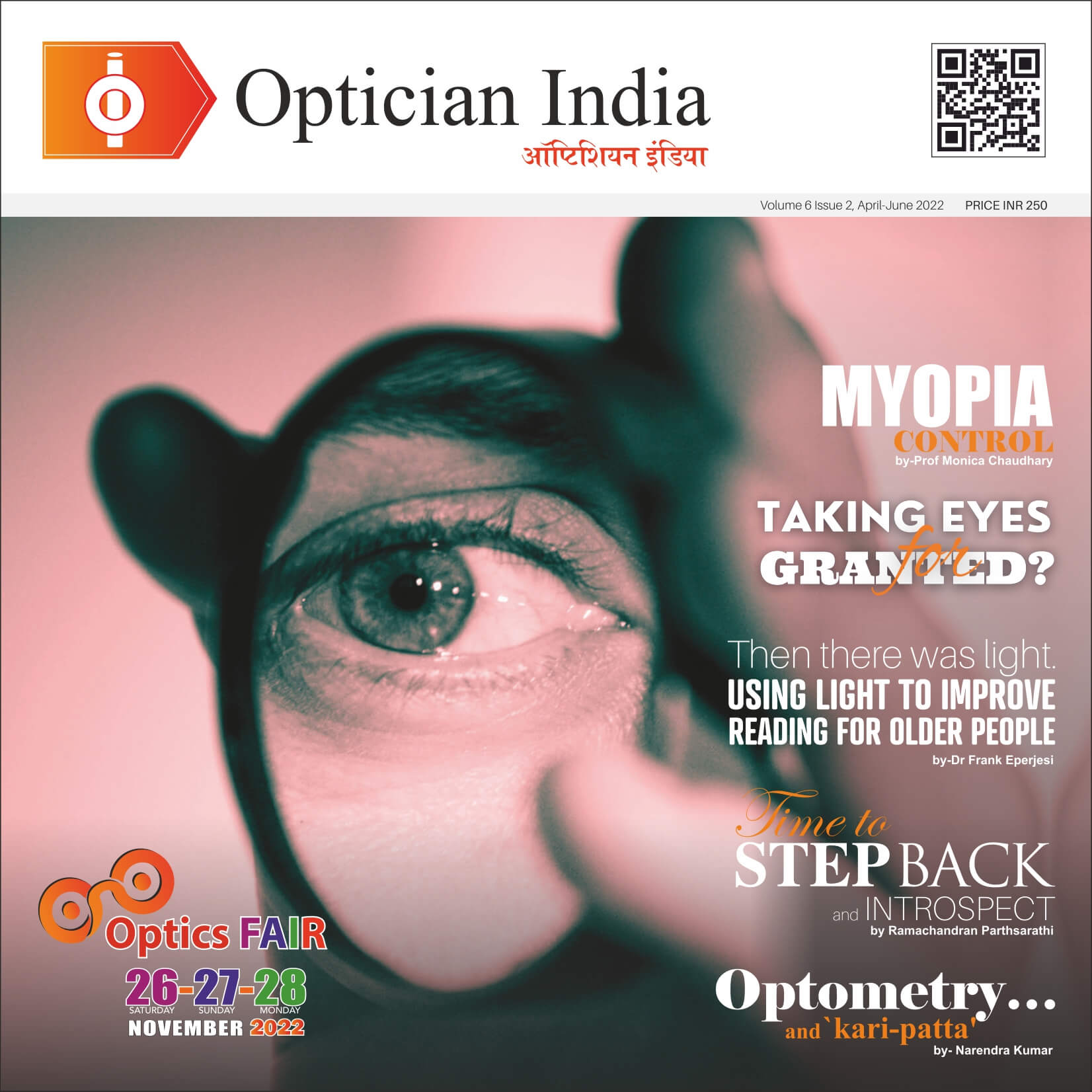
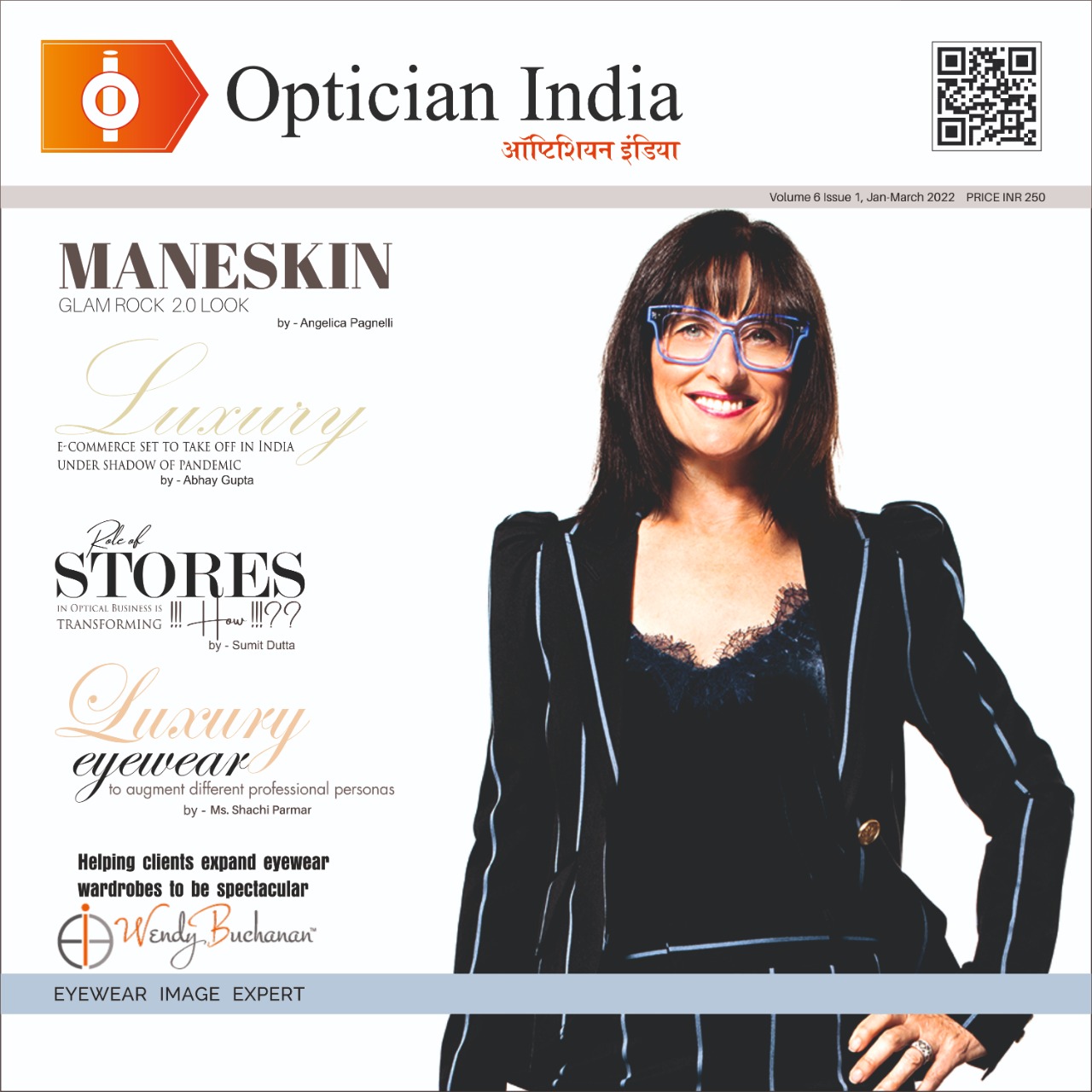
.jpg)

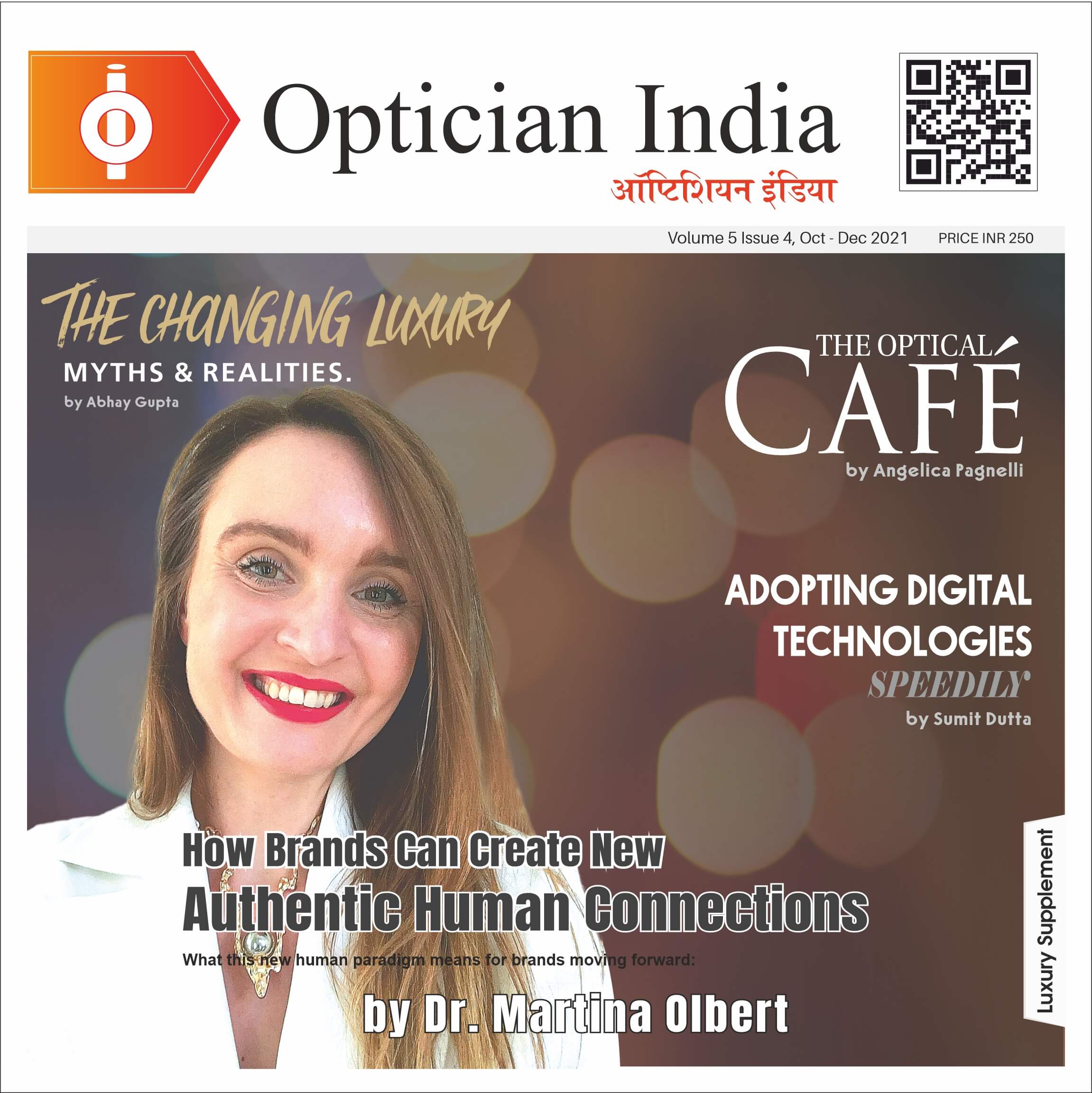

.png)
